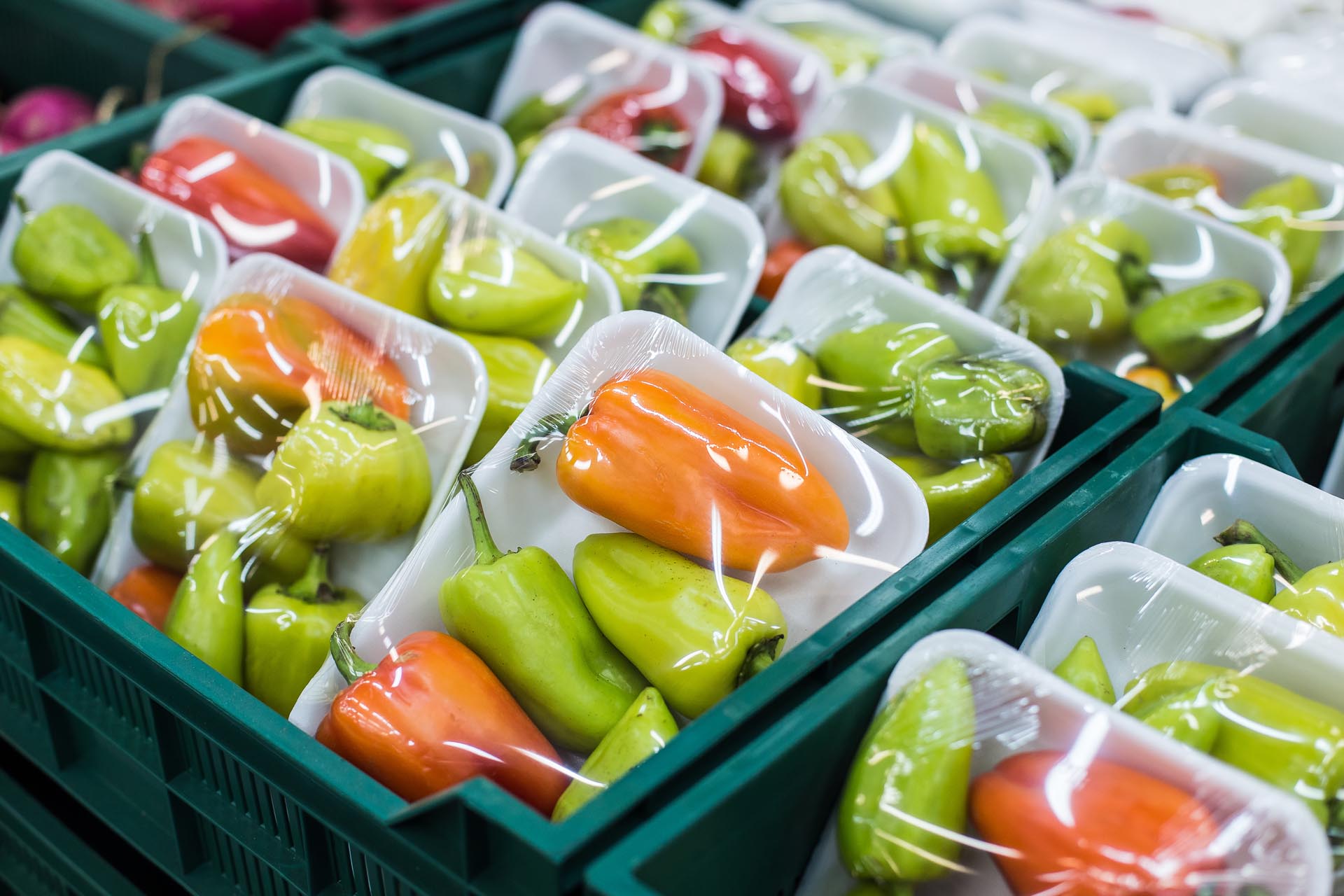Debunking the Myths: Are There More than 100,000 Chemicals in Commerce?
Mainstream and social media propagate a common refrain that there are more than 100,000 chemicals in commerce and that little is known about their potential health, safety and environmental impacts. Such rhetoric is scaring the public and further eroding trust that government and industry are doing enough to protect them from harm. To investigate this misunderstanding, ICCA and UN Environment worked together to develop a report that improves the understanding of the number of chemicals in commerce and provides stakeholders guidance on where to find and use chemical environmental, health and safety (EHS) information.





